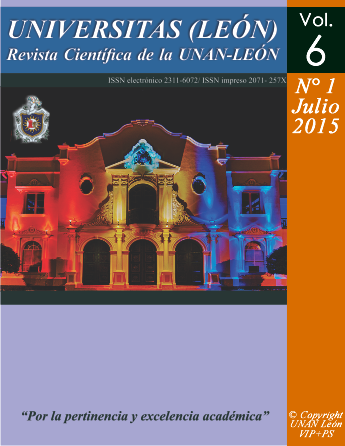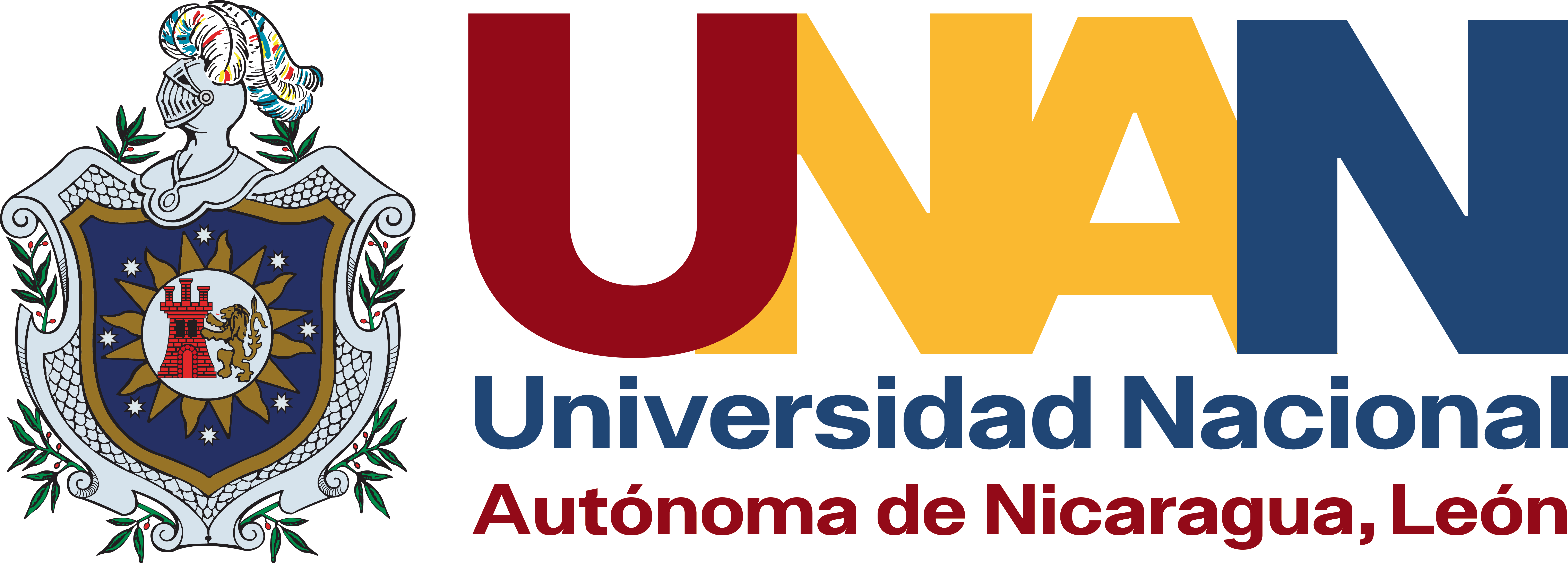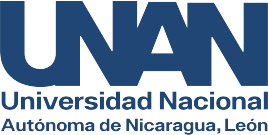Response in the growth of oreochromis niloticus juveniles fed with two types of diet: experimental at 28% protein (based on banana peel and soy), vs. commercial at 28%
DOI:
https://doi.org/10.5377/universitas.v6i1.13688Keywords:
Tilapia Farming applying based food banana peel flour, Breeding Tilapia, Soybean flourAbstract
Response in the growth of Oreochromis niloticus juveniles fed with two types of diet: Experimental at 28% protein (based on banana peel and soy), vs. Commercial at 28%. To determine which treatment obtained the highest growth, physical-chemical factors (Dissolved Oxygen, Temperature and pH) and population parameters (Accumulated Growth, Survival and Feed Conversion Factor) were taken. Collecting these data for 25 days where the Tilapia Oreochromis niloticus had an initial weight of 7.9 gr in both treatments. According to the results obtained in the experiment, the treatment with commercial feed at 28% protein acquired a final growth of 13.1 g, obtaining an average of 10.5 g, instead the treatment with experimental feed at 28% protein based on banana peel flour. and soybeans acquired a final weight of 10.2 gr, obtaining an average of 8.97 gr. The commercial treatment at 28% protein gained more size and biomass because they assimilated the food in a greater way and in less time, in contrast to the treatment with experimental food at 28% protein based on banana and soybean peel flour. gained little biomass and less size since they took time to assimilate and get used to the food that was put to experimental, when applying the statistical analysis it was found that p> 0.05 that the growth of the Tilapias Oreochromis niloticus there is a significant difference because between treatments There is a big difference between the weights.
Downloads
References
Alamilla T.H 2001. Cultivo de Tilapia. ZOE Tecno-Campo. México. 12 pp. Disponibles en: www.zoetecnocampo.com/ documentos/tilapia.htm
Cantor A.F. 2007. Manual de producción de tilapia. Secretaría de Desarrollo Rural del Estado de Puebla. México - Pueblo. 135pp. (En línea). Disponible en: http://es.scribd.com/doc/26642997/Curso-de-Cultivo-de-Tilapia
Morgan, P.R. (1972) Causes of mortality in the endemic tilapia of Lake Chilwa (Malawi). Hydrobiologia 40, 101-119. [Consultado en Junio del 2013] Disponibleen: http://www.readcube.com/articles/10.1007/BF00123596.https://doi.org/10.1007/
BF00123596
López Bladimir y Cruz Luis. 2011. Escuela Politécnica del Ejército. Departamento de Ciencias de la Vida. Carrera de Inge niería en Ciencias Agropecuarias. Santo Domingo. Ecuador. 109 pp.
Randall, D.J, et, al (1989) Urea excretion as a strategy for survival in a fish living in a very alkaline environment. Nature 337, 165-166. [Consultado en Junio del 2013] .Disponible en: http://www.dbbe.fcen.uba.ar/old/materias/ fac/LetterExcretor(2).pdf.https://doi.org/10.1038/337165a0
Ramos F, Triminio S, Meyer D, Barrientos A (2006). Determinación de los costos del cultivo de tilapia a pequeña y mediana escala. Zamorano Honduras 26 pp. Disponible en: http://www.pdacrsp.oregonstate.edu/pubs/featured titles/DeterminacionMeyer007.pdf
Saavedra, M. A. (2003), Introducción al Cultivo de Tilapia. Cordinación de Acuicultura, Departamento de Ciencias Am- bientales y Agrarias, Facultad de Ciencias, Tecnología y Ambiente. Universidad Centroamericana. Managua Nica- ragua. Mayo, 2003. 12 pp. Disponible en: http://www.slideshare.net/Ir18mx/introduccion-al-cultivo-de-tilapia
Saavedra M. A. (2006), manejo del cultivo de tilapias. Managua, Nicaragua. 4 pp. Disponible en: http://www.pdf.usaid,gov/pdf docs/pnadk649.pdf
Popma, T.J. y B.W. Green.(1990).Sex Reversal of Tilapia in Earthen Ponds International Center of Aquaculture, Auburn University, Alabama, USA.15 pp. Excelente resumen de los procedimientos útiles en producir masivamen- te alevines de tilapia y en realizar el tratamiento con MT
Downloads
Published
How to Cite
Issue
Section
License
Copyright (c) 2015 UNIVERSITAS (LEÓN): SCIENTIFIC JOURNAL OF THE UNAN-LEÓN

This work is licensed under a Creative Commons Attribution-NonCommercial-ShareAlike 4.0 International License.
Copyright © 2025 Universitas (León), Revista Cientifíca de la UNAN-León. Academic Direction. Research Department. Publication and Scientific Event Unit.










